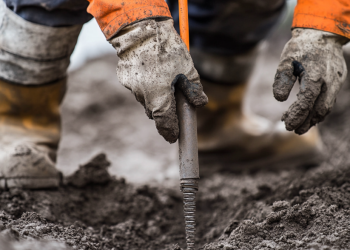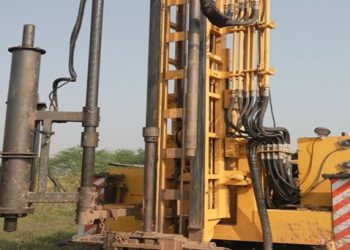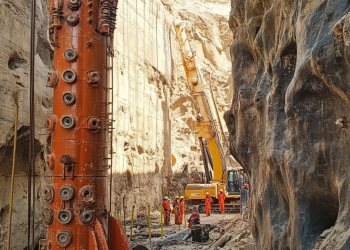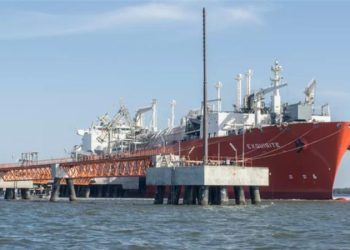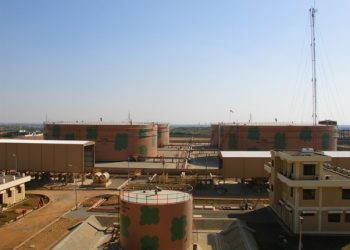Evaluation and Monitoring of Cathodic Protection (CP) System

Cathodic Protection is a procedure performed to attempt to protect an object from corrosion by making it a cathode. It is done by applying direct current to a metal object in contact with the electrolytic.
Cathodic Protection offers adequate corrosion control on steel structures and pipelines by developing a potential (voltage) gradient opposing the flow of ions away from the surface. In this way, it prevents the anodic corrosion reaction and can be used alone or in combination with an insulating coating.
Velosi offers a range of cost-effective Cathodic Protection methods to control the corrosion of various buried and submerged metallic structures. It is one of the effective ways to enhance the life of a structure, ensuring integrity throughout its life cycle.






